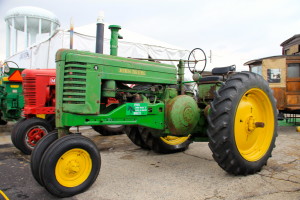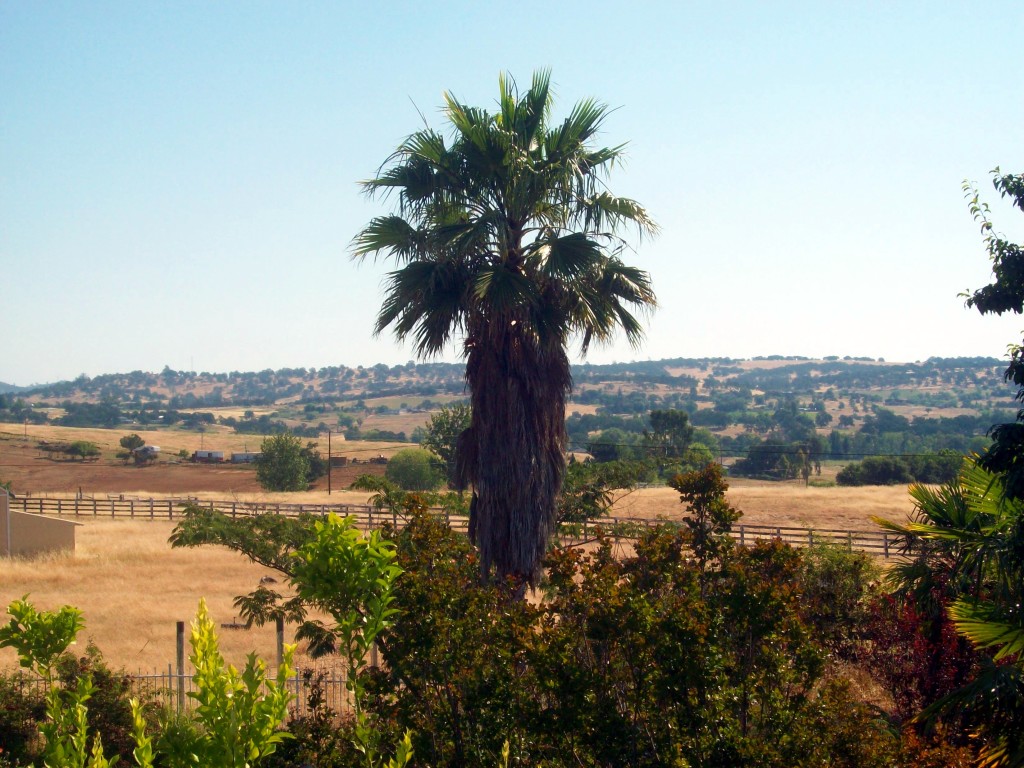With this year’s crop finally in the ground and long summer days upon us, one of my favorite holidays, Independence Day, is quickly approaching. The 4th of July gets me thinking about all things American – apple pie, family gatherings, the Stars and Stripes, ice cold Coca-Cola, and fireworks. (What summer holiday would be complete without copious amounts of colorful explosives?!?)
Independence Day also gives me the opportunity to reflect on why I am thankful to be both a citizen AND farmer in this great country. While it can be easy to get engulfed in pessimistic views, the United States is full of opportunities and freedoms that many parts of the world do not get to enjoy. American agriculture is often portrayed in a negative light, but many people fail to notice that it plays a noteworthy role in those very privileges. Since the “average” American consumer has little to no connection to those of us who produce our nation’s bounty, it becomes more important for each of us to be willing to tell our story.
American citizens, as consumers, have come to expect high levels of choice and availability of products. Because of those expectations, agriculture is one of this country’s largest industries. According to the American Farm Bureau Federation, more than 21 million American workers produce, process and sell the nation’s food and fiber. They also state that today’s farmers produce 262% more food with 2% fewer inputs (labor, seeds, feed, fertilizer, etc.), compared with 1950. Farmers work very hard to produce high-quality, marketable products, which allows us to have one of the safest and most abundant food supplies in the world. This allows households to have more disposable income as only 6.8% is spent on food. This can be compared to approximately 15% in Europe and as high as 45% in Pakistan.
American agriculture is also very diverse. Farmers across the country raise everything from fruits, vegetable, meat, and milk for food, to cotton for clothing, corn for ethanol, and even eggs for incubation of vaccines. There are more products and by-products directly from agriculture than one can truly fathom. This product diversity allows consumers to freely choose what kind of lifestyle they want to follow, whether it is carnivorous, gluten-free, vegetarian, pescetarian, or even the extreme vegan. Thanks to American Farmers, products for all of these lifestyles are affordable AND attainable.
Though it is often overlooked, farmers are also excellent stewards of the land. They habitually employ practices that concentrate on conservation and preservation of natural resources. Many methods are utilized while keeping soil, air, and water quality in mind. The environment is how farmers make their living, so, of course, they do what is necessary to care for it.
On the 4th of July I’ll be attending a picnic with my family, eating an all-beef hotdog served up on a soft bun made from regular white wheat flour. You may be having a vegan soydog on an organic, gluten-free hotdog bun. Either way, appreciate your options and thank a farmer!
Image Credit: JDmoar


